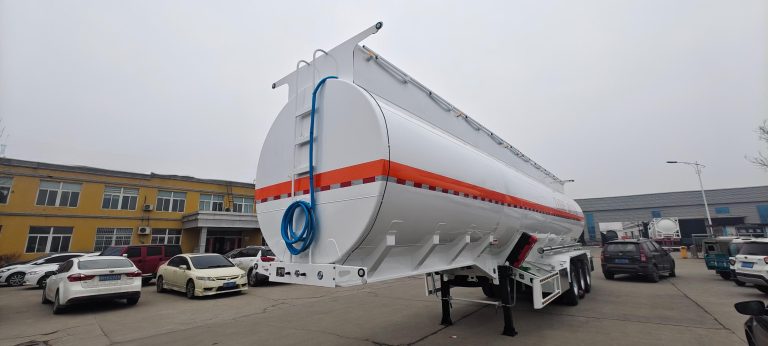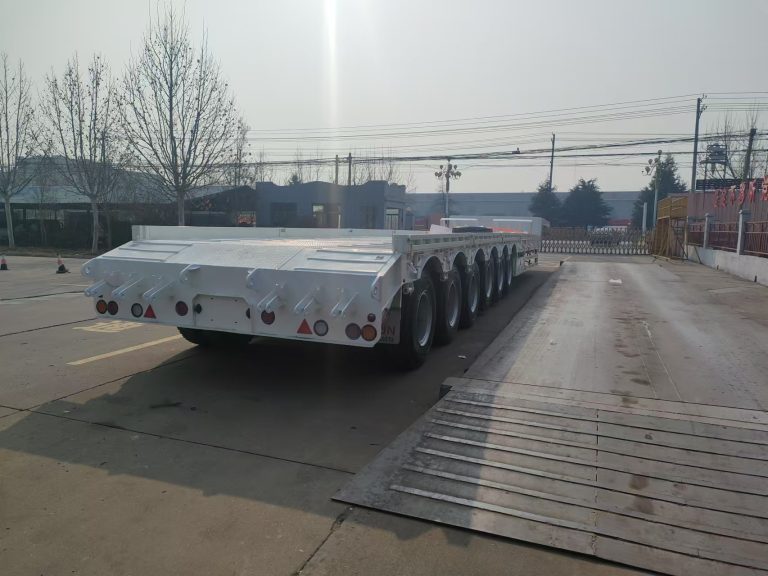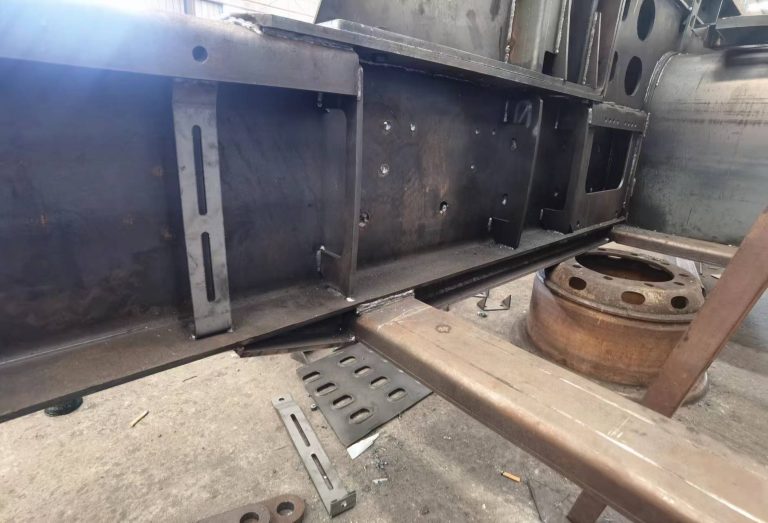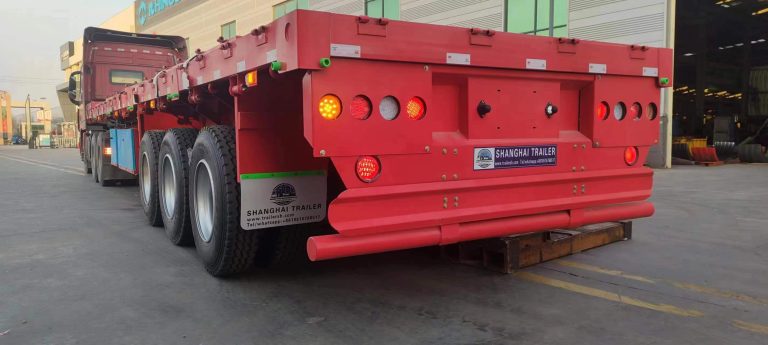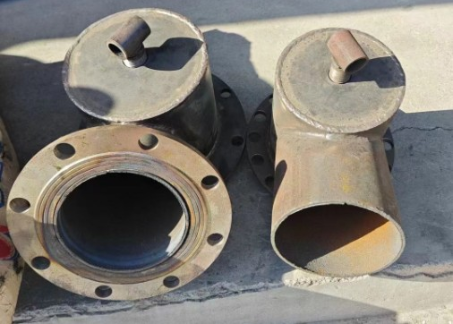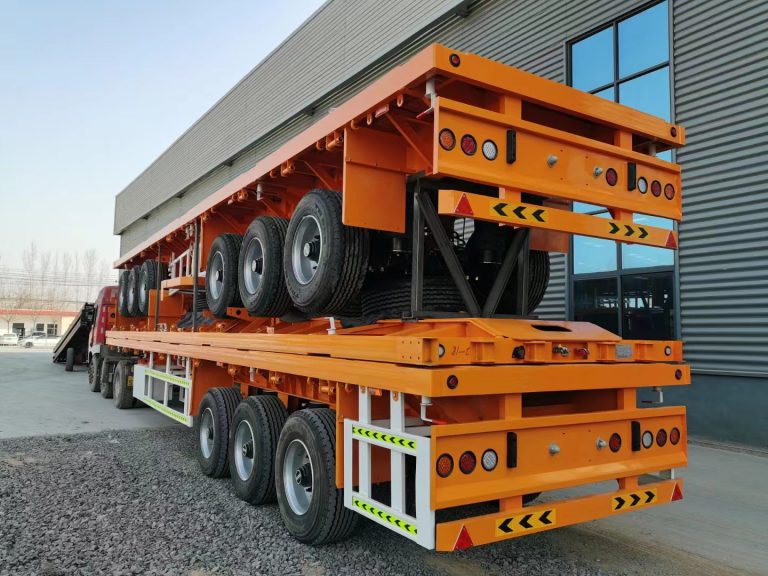There are many differences in safety between full trailers and semi-trailers. The following is a specific analysis:
Full trailer
Body structure and stability: The body structure of the full trailer is relatively complete and has good integrity, so it is safer to a certain extent. However, its center of gravity is relatively low and the axles are evenly distributed. Although it helps to increase the load-bearing capacity, it also leads to poor stability when driving at high speeds, and it is easy to have dangerous situations such as braking and drifting.
Driving difficulty and operational risk: The driving of a full trailer is relatively complicated, requiring the driver to have high driving skills and experience. Because its towing rod or towing frame can swing up and down or left and right, it makes it easy for the full trailer to collide with other vehicles or obstacles when turning, increasing the operational risk.
Braking performance: The connection between the full trailer and the main vehicle is mainly through the towing rod/tow frame, and the gap in the middle is not fixed, and the coordination of the trailer is not as good as that of the semi-trailer. Therefore, when braking, the full trailer is very challenging for the driver’s skills and experience. If the brakes cannot be stepped on in a timely and stable manner, it is easy for the vehicle to drift, and it is also easy to brake and slip in rainy and snowy weather, affecting traffic safety.
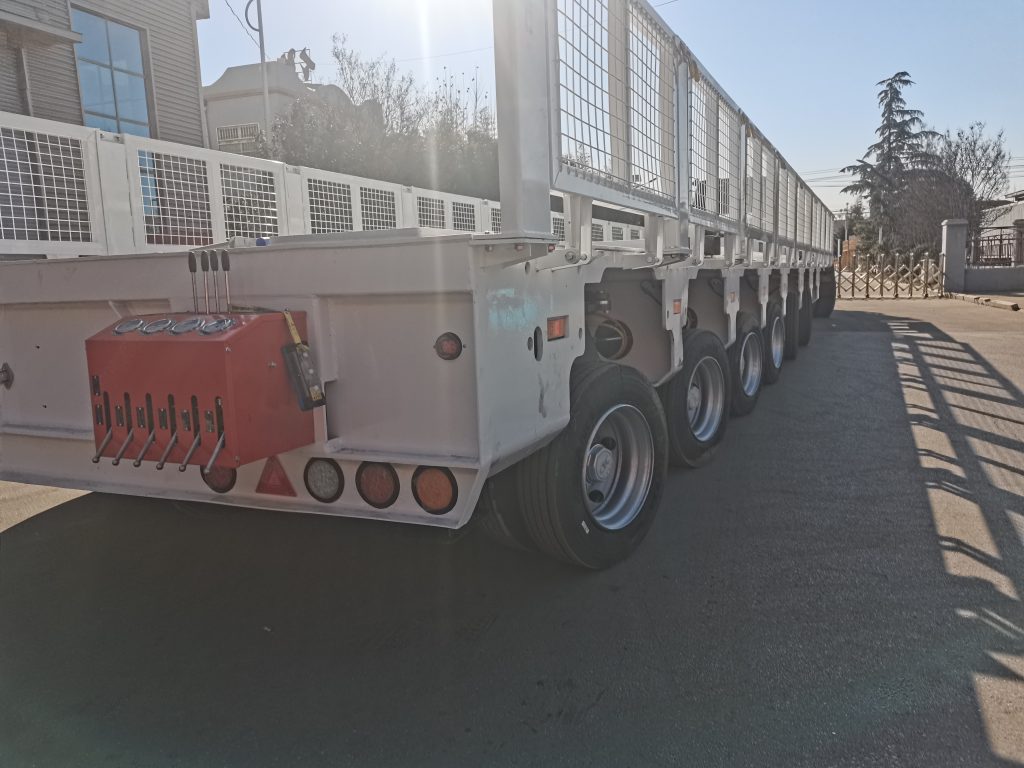
Semi-trailer
Body structure and stability: The body structure of the semi-trailer is relatively simple and has poor integrity, but its axle is placed behind the center of gravity of the vehicle and is equipped with a coupling device that can transmit horizontal or vertical force to the tractor, which makes the semi-trailer have better stability and safety during driving. Semi-trailers usually adopt a multi-axle design, which further enhances the stability during transportation.
Driving difficulty and operation risk: The driving of the semi-trailer is relatively simple, and the driver is easy to master and can get started quickly. Its turning radius is relatively large, which can effectively avoid collisions with other vehicles or obstacles and reduce operational risks.
Braking performance: Semi-trailers are equipped with a variety of safety equipment, such as emergency braking systems and auxiliary braking systems, which can provide better braking effects in dangerous situations and improve driving safety.
Summary
In general, the safety of semi-trailers in terms of high-speed driving stability, driving difficulty, braking performance, etc. is relatively better than that of full trailers. Although full trailers have certain advantages in body structural integrity and low-speed driving flexibility, their safety at high speeds and complex road conditions is relatively weak, and they also require higher skills and experience from drivers. Therefore, when choosing the type of trailer, it is necessary to consider factors such as specific transportation needs, road conditions, and the driver’s technical level.

